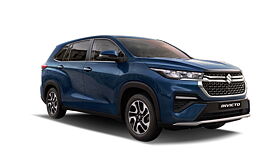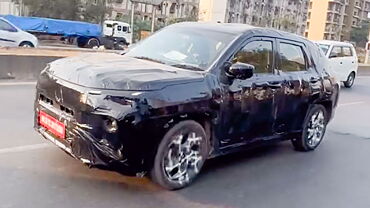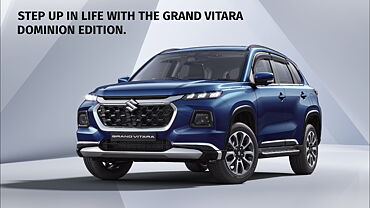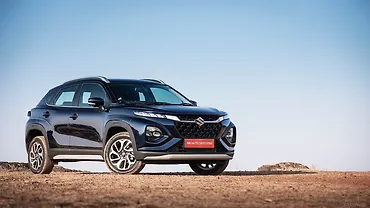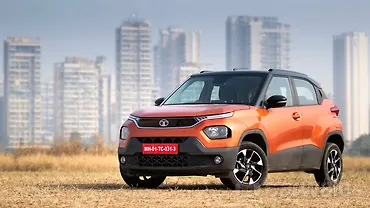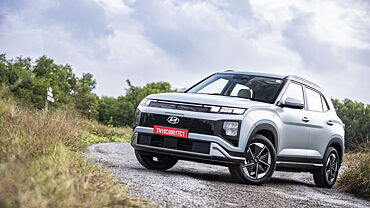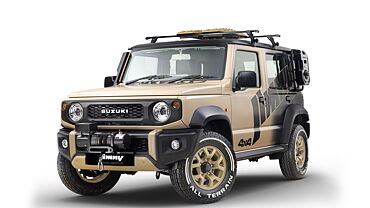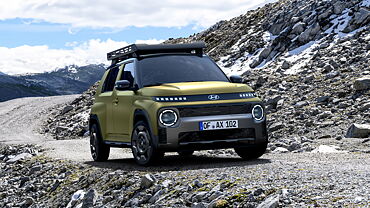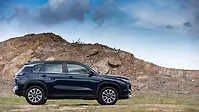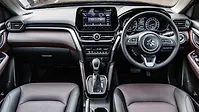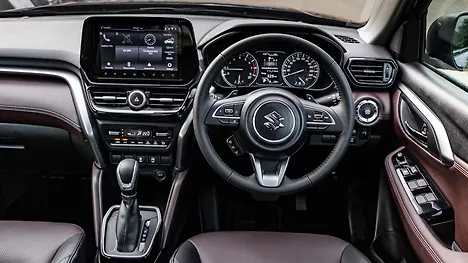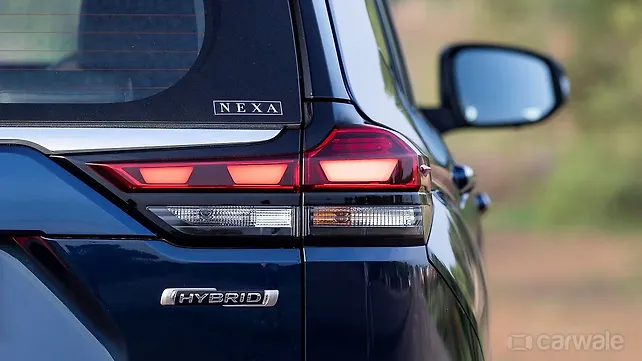
- Sales of strong hybrids expected to grow
- Buyers have no inhibition in adopting strong hybrids
Maruti Suzuki is planning to bring in the strong-hybrid technology across multiple models, including new cars for the Indian market. In addition to ICE and CNG, the carmaker is working on different technologies like EVs, flex-fuel, bio-gas, and hybrids. These will co-exist in the future, but the carmaker is expecting strong hybrids to also do well on the sales front.
Maruti Suzuki Hybrid cars
The carmaker has already achieved many milestones with the sales of hybrid vehicles, including both mild and strong hybrids. The mild-hybrid cars in the Maruti fleet include the Fronx, Ciaz, Brezza, Ertiga, XL6, and the Grand Vitara. On the other hand, the strong hybrids comprise higher-spec trims of the Grand Vitara and the Invicto. In our brief interaction with Shashank Srivastava, Senior Executive Officer, Marketing and Sales, Maruti Suzuki India Limited, he mentioned that strong hybrids will account for 25 per cent of overall sales by 2030. Now, this contribution will not be from the Grand Vitara and the Invicto only, but necessarily from more models.

Adoption of strong hybrid technology as against EV
The adoption of EVs has slowed down due to various challenges. This includes a considerably higher price over ICE cars, lack of abundant charging points, and a long charging time. However, this is not the case with a strong hybrid as it combines the benefits of an electric motor and a gasoline engine. The self-charging mechanism in a strong hybrid provides enhanced mileage and lower CO2 emissions. Notably, it also handles the range anxiety issues as there's no need to charge the car like in an EV separately.
Strong-hybrid vs Mild-hybrid vs ICE Maruti Suzuki cars
Maruti Suzuki already offers mild-hybrid technology across various models in its portfolio. However, the advantages of this mild-hybrid system are minuscule compared to the strong hybrid's bigger battery and a considerable jump in fuel economy as compared to even its older ICE counterpart. The carmaker's statistics show that depending on the driving conditions, strong hybrids work on battery or EV mode for almost 60 per cent of city usage, including convenient charging through regenerative braking. As a result, mileage can be 44 per cent higher than a corresponding ICE model. Besides, they also cut up to 30 per cent CO2 levels over a corresponding ICE car.


